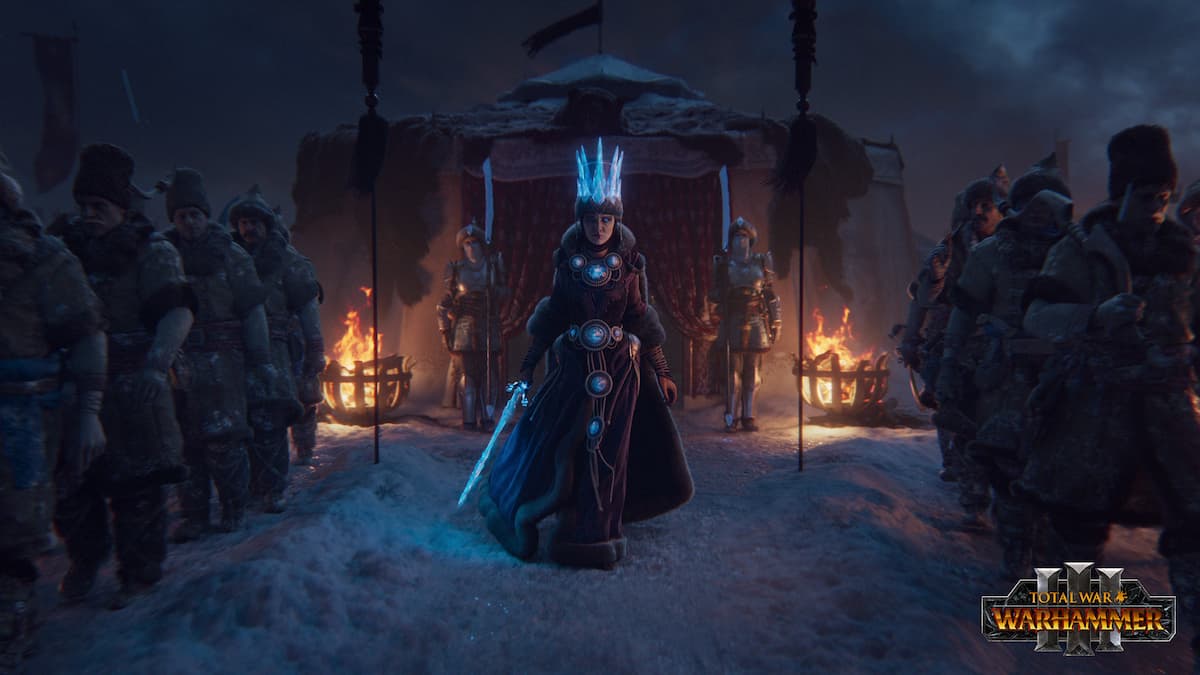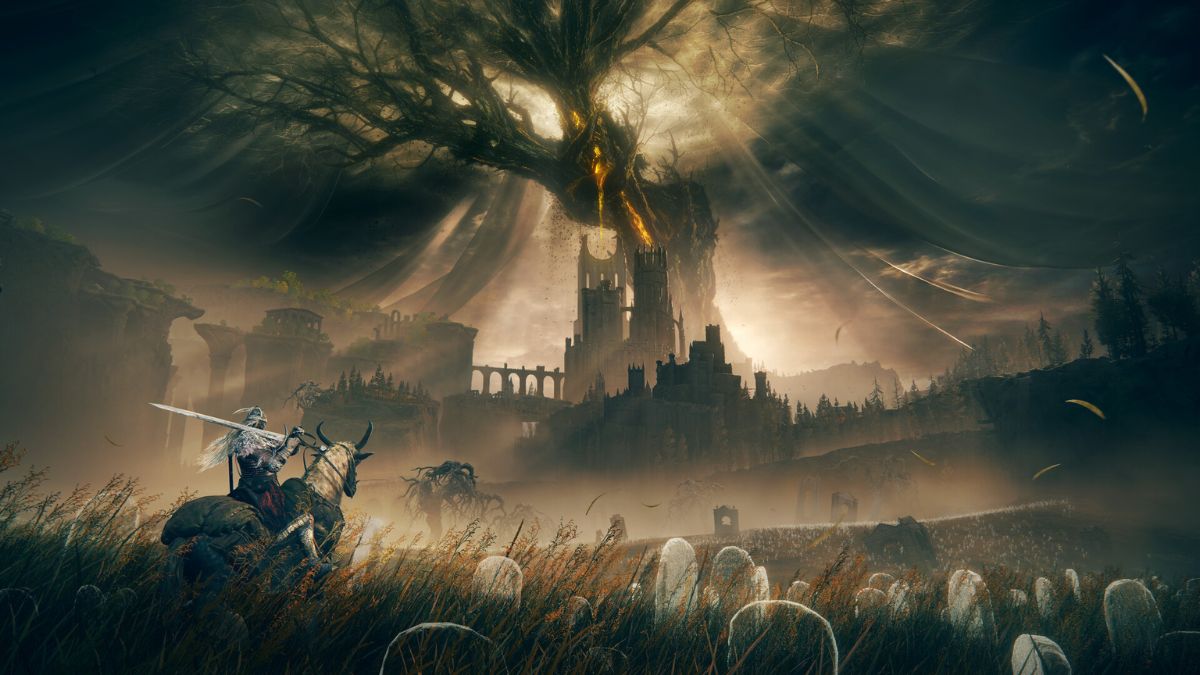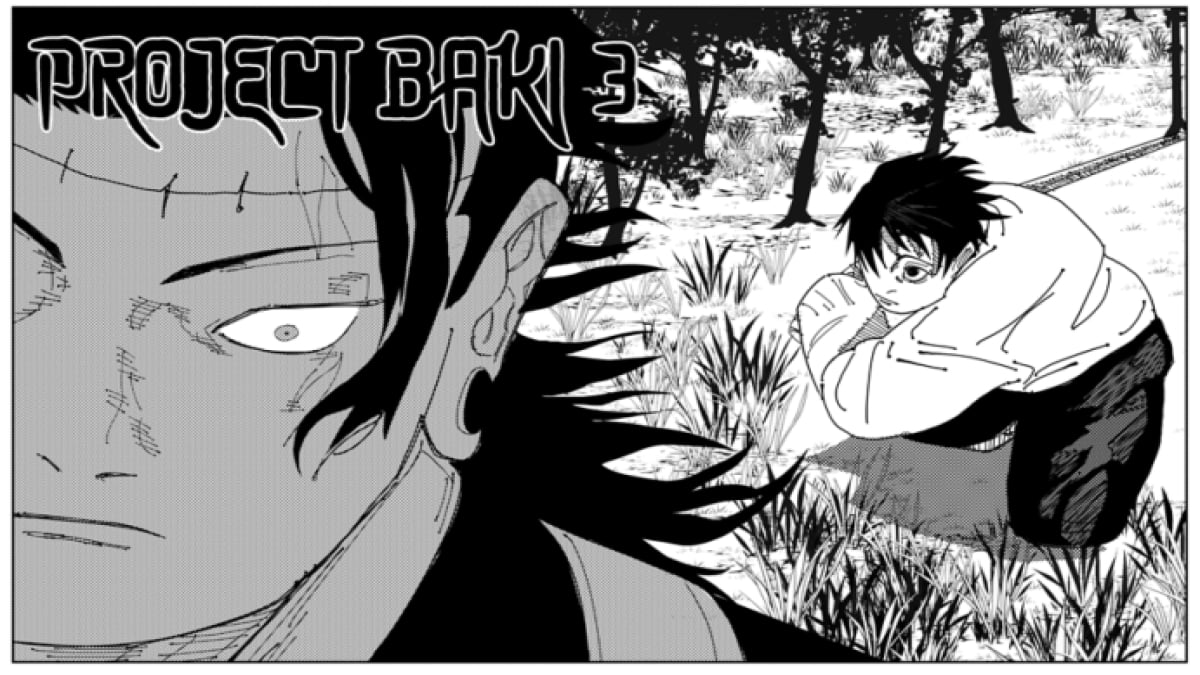Kislev plays a key part in Total War: Warhammer 3. The God-Bear Ursun, mortally wounded by a Kislev Prince turned Daemon, has direct ties to the frozen northern reaches of The Old World, and this faction seeks to rescue the God-Bear from Be’lakor.
Legendary Lords
- Tzarina Katarin
- Kostaltyn
- Boris Ursus
Kislev offers two legendary lords for play initially, with the third lord (Boris Ursus) unlocked by completing a quest in the campaign as Katarin. The initial two Lords are at odds with each other (with a natural -40 relations), where Tzarina Katarin holds the true bloodline and realm of Kislev, and Kostaltyn and his Great Orthodoxy of religious fervor.
Faction mechanics
Devotion
The faction of Kislev is quasi-democratic, with both Katarin and the Great Orthodoxy fighting for support through her lands. By building unique buildings, holding heroes with special traits, and through in-game events, supporters will come and go, which ultimately increases your Devotion.
The Motherland
The Devotion gained allows faction leaders to use Motherland abilities, ranging from increasing trade revenue to increasing melee attack. Using these abilities to clutch battles and sway supporters will be key for successful Kislev faction playthroughs.
The Ice Court
A key aspect of Kislev is found in the Ice Court, a unique system that allows players to groom upcoming Lords and Heroes in specific styles. Players can choose what these units specialize in, from the ability to stalk their prey on the battlefield to which devastating spells they master. Research plays a large hand in the Ice Court: players would do well to ensure that they front-load, unlocking Ice Court abilities to strengthen their armies early on.
Atamans
Kislev can use Atamans, or regional rulers, to help manage the settlements and provinces that Kislev controls. With one Ataman granted for every two provinces, these NPCs can help control order, buff trade from a province, and even help mitigate corruption. Typically, users will want to bolster recently gained provinces to thwart the ever-present corruption and control the public after a conquest.
The Realm of Chaos Campaign
Regardless of which hero you’ve started with, your foes throughout most of the campaign are similar: Human, Skaven, Greenskins, Ogres, and eventually Chaos.
Tzarina Katarin is the recommended starting faction and Legendary Lord for players new to Total War: Warhammer 3, and for good reason. Starting in the well-secured provincial settlement of Kislev, Katarin needs to secure her eastern border while using diplomacy to reach southern factions. A Chaos Rift will spawn within a stone’s throw north of the settlement Kislev, making the settlement an ideal center for the entirety of the campaign.
Note that Chaos Rifts will spawn everywhere in the campaign: you’ll always want to have one defensive building for every settlement, and it’s not a bad idea to supplement the garrison with additional buildings such as the City Watch building chain.
The Great Orthodoxy starts closer to the Daemon Prince, and doesn’t have a ‘true’ capital: Castle Alexandronov is the starting settlement, and it’s a four-slot one at that. Kolstaltyn players will be securing the Troll Country province, where focusing on a strong front line with archers should be enough to swing early game in their favor.
Regardless of whom you select, remember — the Realm of Chaos campaign can only be won by securing all four Daemon Prince souls of their respective Gods, gained by entering and completing each Chaos Rift. There will be a warning roughly ten turns before the Chaos Rift opens: ensure you have a full 20/20 army in your Legendary Lord, and challenge a God every Rift opening to stay ahead of enemy factions.
The only caveat to this is the realm of Slaanesh: progressing through the ring of Slaanesh within the Chaos Rift will offer better and better rewards for each ring surpassed. The final ring, right before challenging the God, tends to offer fantastic benefits that can help you surpass your foes. The offer seems randomized — if you don’t like what you see, take the challenge and grab the soul for your efforts.
Units
Your early game will consist of gathering whatever troops you can and throwing them into an army. Focus on bringing a settlement to tier 2 to upgrade the Kossar Hut into the Chataz to field Armoured Kossars for your front line, and supplement with the great weapon variant to help burn down foes quickly after tying them with the front line.
Once you reach Tier 3 with a capital settlement, the Royal Barracks will upgrade your front line to Tzar Guard. They can take a beating, but their upkeep should be noted as 250 per turn — a front line only four wide will cost 1,000 gold a turn, but it has proven to be a difficult nut to crack for most enemies. The animal den chain at tier 3 will offer Snow Leopards, a unit with low health and armor but some of the highest melee attack in game at 50.
If you’re finding that your front line is easily withstanding the initial charge and holding the battlelines, use Snow Leopards instead of great weapon variants to wipe most foes from the battlefield. Note that most Kislev infantry units have both melee and ranged guns: these work differently from bows. In bows, they need direct line-of-sight but can cripple an enemy before the lines even have a chance to meet. With some additional cavalry units and a siege for long-range damager, Kislev is a terrifying foe in battle without relying too heavily on micro.







Published: Feb 16, 2022 02:15 pm